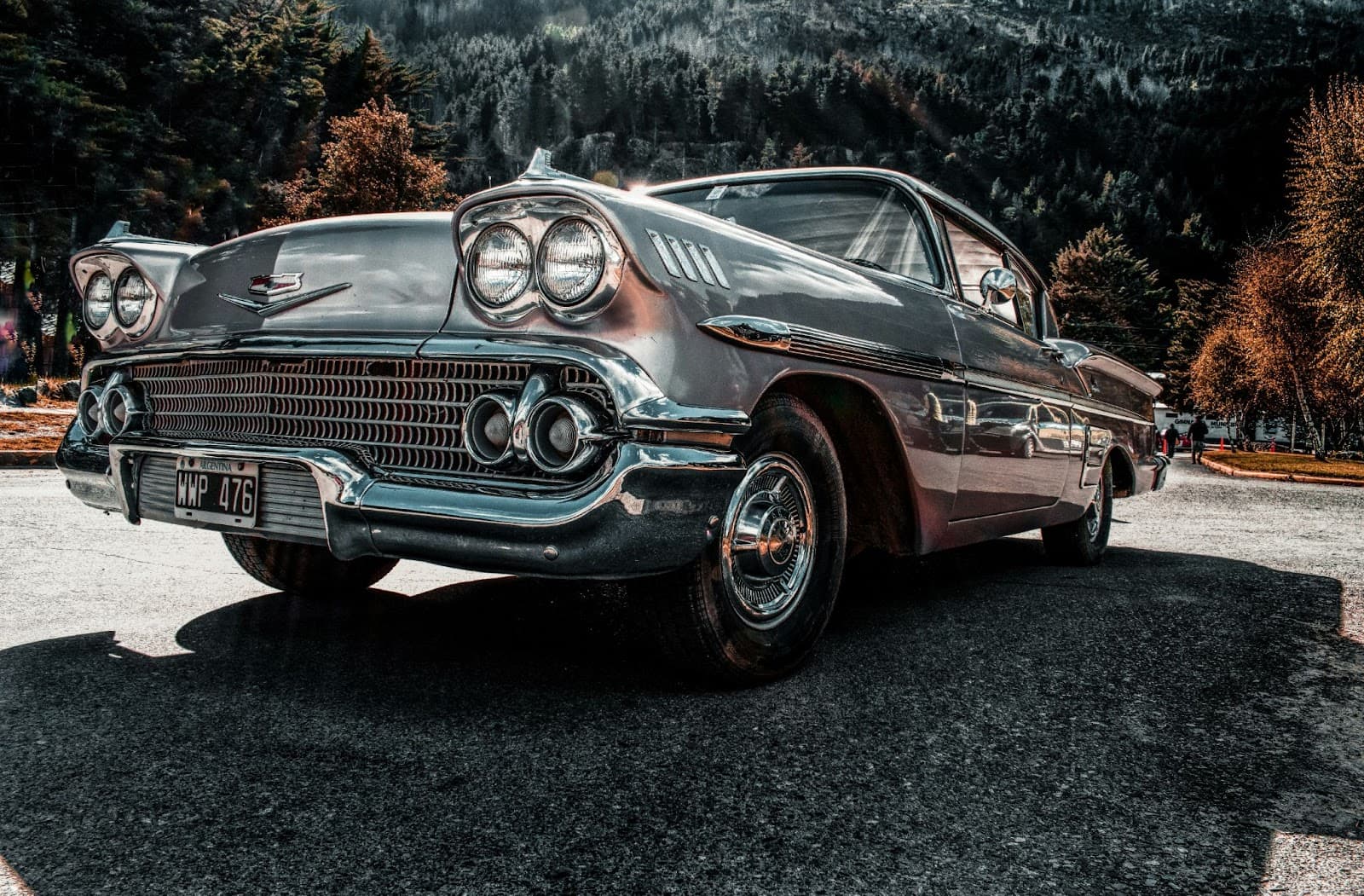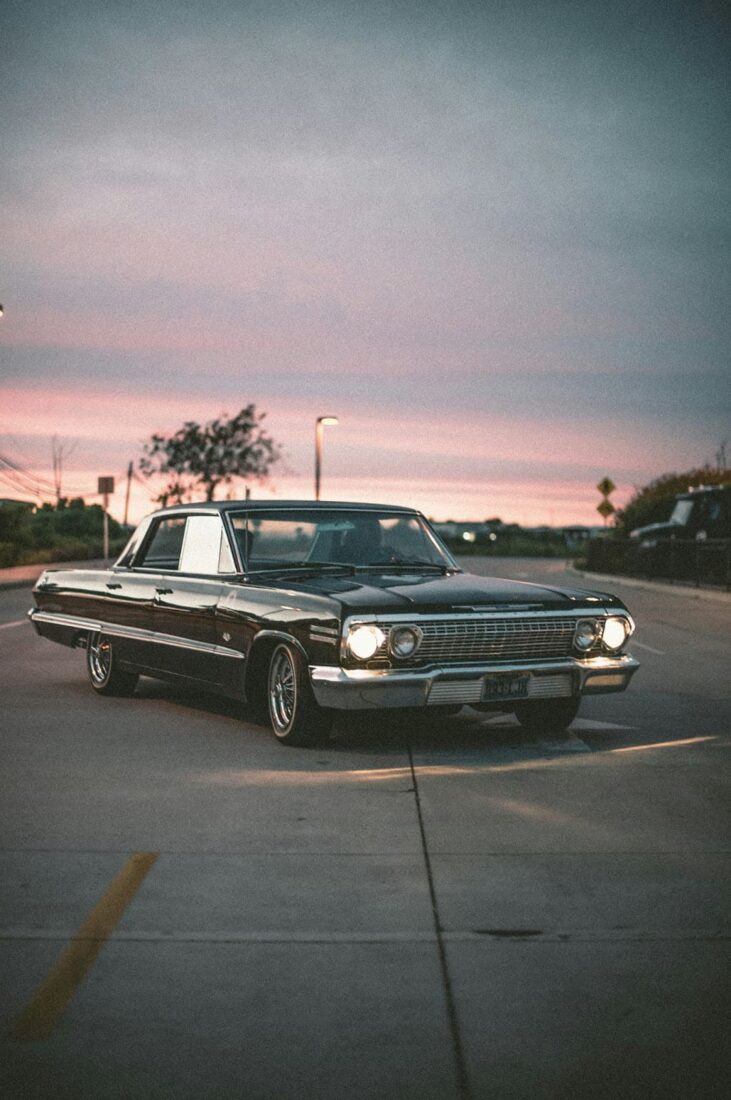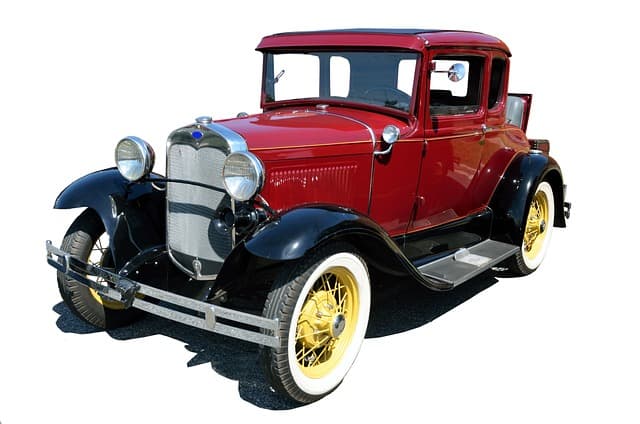Vintage Cars vs Modern Classics – What Defines a True Retro Car?

Classic cars hold a special place in the hearts of enthusiasts, whether they are timeless vintage vehicles or modern classics with the potential to become future collectibles. But what truly defines a retro car? Is it age, design, or cultural impact? And which modern cars have the characteristics to achieve classic status in the years to come?
Let’s take a deep dive into what separates vintage cars from modern classics, and which contemporary models might one day be considered true retro icons.
What Defines a Vintage Car?
A vintage car is generally considered any vehicle manufactured between 1919 and 1930, though many enthusiasts extend this classification to include cars built up to the 1950s. These vehicles are admired for their timeless design, craftsmanship, and historical significance.
Key Characteristics of a True Vintage Car:
- Manufactured before 1950 (some definitions extend to the 1970s).
- Handcrafted details, often built with traditional materials like wood, steel, and chrome.
- Limited production numbers, making many models rare and highly collectible.
- Distinctive designs, such as large grilles, flowing fenders, and whitewall tires.
- Mechanical simplicity, often lacking modern electronics, power steering, or advanced suspension.
Examples of True Vintage Cars:
- Ford Model T (1908-1927) – The car that put America on wheels.
- Duesenberg Model J (1928-1937) – An icon of luxury and power.
- Rolls-Royce Silver Ghost (1907-1926) – Known for its elegance and craftsmanship.
- Jaguar XK120 (1948-1954) – One of the first performance sports cars.
These cars have earned their place in history due to their impact on automotive development, timeless beauty, and rarity.
What Makes a Modern Classic?
A modern classic is a car that, while relatively new, has all the hallmarks of a collectible vehicle. These cars are admired not just for their age but for their performance, design, exclusivity, and cultural significance. Many modern classics come from the 1980s, 1990s, and early 2000s, making them more accessible than vintage models.
Key Characteristics of a Modern Classic:
- Produced after 1980 but with strong retro appeal.
- Unique styling or performance features that make it stand out.
- Limited production numbers or special editions that increase rarity.
- Cultural significance, such as being featured in movies, video games, or music.
- Strong enthusiast following, with high demand in collector circles.
Examples of Modern Classics:
- Porsche 911 (993) (1994-1998) – The last air-cooled 911, highly sought after.
- BMW E30 M3 (1986-1991) – An iconic race-bred sports car.
- Ferrari F40 (1987-1992) – A turbocharged legend built for speed.
- Mazda MX-5 Miata (NA) (1989-1997) – Revived the lightweight roadster movement.
- Toyota Supra MK4 (1993-2002) – Gained cult status thanks to “The Fast and the Furious.”
These cars may not be “vintage,” but their design, performance, and legacy have made them collectibles in their own right.
What Qualifies a Car as Retro?
The term “retro” is often used interchangeably with vintage or classic, but it has a different meaning. A retro car is a modern vehicle that borrows design cues from the past, capturing the spirit of an earlier era while using modern technology.

Key Characteristics of a Retro Car:
- Inspired by vintage styling but produced with modern engineering.
- Designed to evoke nostalgia, often with round headlights, chrome accents, or boxy shapes.
- Updated with modern safety, performance, and technology features.
- Appeals to both new car buyers and classic car enthusiasts.
Famous Retro Cars:
- Volkswagen New Beetle (1997-2011) – Inspired by the original Beetle but with modern comfort.
- Mini Cooper (2001-present) – A fresh take on the British classic.
- Ford Mustang (2005-present) – Retained its muscle car roots with a retro-modern design.
- Fiat 500 (2007-present) – A stylish reboot of the 1950s classic.
- Chevrolet Camaro (2010-present) – A modern muscle car with vintage appeal.
Retro cars blend nostalgia with modern performance, giving drivers the best of both worlds.
Which Modern Cars Might Become Future Classics?
While it’s hard to predict which cars will gain classic status, some models have all the right ingredients to become highly collectible in the future.
Potential Future Classics:
- Dodge Challenger Hellcat (2015-present) – Raw muscle power in a modern package.
- Tesla Roadster (2008-2012) – The first electric sports car with collector appeal.
- Toyota GR Supra (2020-present) – A modern nod to a ’90s legend.
- Ford Bronco (2021-present) – A revived off-road icon with vintage styling.
- Lexus LFA (2010-2012) – A rare and technologically advanced supercar.
These cars have strong enthusiast followings, unique designs, and cultural significance, making them strong contenders for classic status in years to come.
Final Thoughts: What Defines a True Retro Car?
A true retro car captures the essence of the past while maintaining its relevance today. Whether it’s a timeless vintage vehicle, a sought-after modern classic, or a nostalgic retro-inspired model, what truly defines a retro car is its emotional connection to enthusiasts.
- Vintage cars are historical icons with handcrafted beauty and engineering excellence.
- Modern classics blend performance and nostalgia, gaining status through cultural impact.
- Retro cars bring back legendary designs with a modern twist, keeping the past alive.
As automotive technology advances, today’s performance and enthusiast vehicles will one day be considered classics, just as muscle cars and vintage sports cars are today. Whether you drive a 1940s Ford, a 1990s Porsche, or a modern-day Mustang, what matters most is the story, style, and passion behind the wheel.
Which cars do you think will become the classics of the future? 🚗✨
